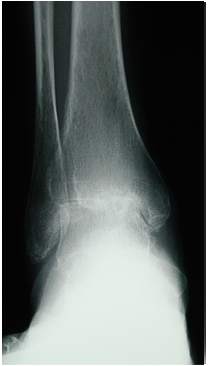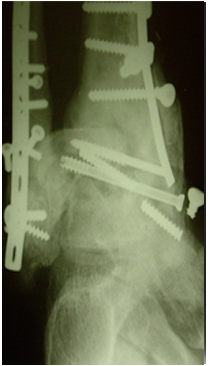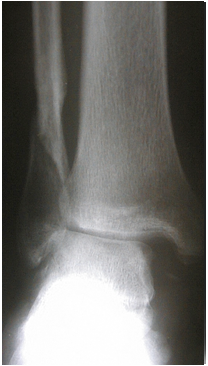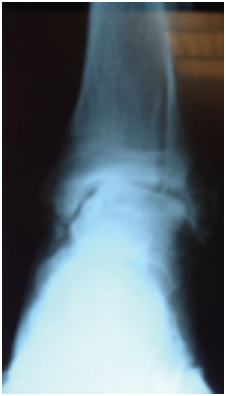(877) 977-1443
Conditions
- Ankle Arthritis
- Ankle Ligament Tear (Sprain)
- Ankle Fractures (Broken Ankle)
- Flat Feet
- Tarsal Coalition
Advanced Treatments
- Regenerative Medicine
- Ankle Arthroscopy
- Total Ankle Replacement
- Ankle Fusion
- Ankle Cartilage Replacement
- Custom Orthotics
- Physical Therapy
- Lifestyle Changes
Education and Articles
Trusted Podiatrists

Ankle Pain Specialists
What is Ankle Arthritis?
Ankle arthritis is one of the leading causes of pain and disability in the United States. Ankle arthritis is defined as pain in the ankle joint with associated joint pathology. Each joint in the body has a layer of cartilage that allows smooth gliding and motion in joints. Patients with ankle arthritis have degeneration and destruction of the cartilage in the joint, allowing the bones in the joint to grind on each other, producing pain. Consequently, motion at the joint is not as smooth and there is often a reduction of motion at the joint that can affect a patient's gait.

Causes of Ankle Arthritis Osteoarthritis
Ankle Arthritis: Osteoarthritis
Ankle arthritis is most often caused by general wear and tear of the ankle joint. Over time, the amount of stress put on the ankle joint can degrade the cartilage in the joint. Increased body weight, and heavy activities such as running or jumping can often contribute to increasing stress of the ankle, thereby leading to increased degeneration of the ankle. This degeneration can be accelerated if the ankle joint is mal-aligned. Similar to tires being mal-aligned on a car, an ankle that is mal-aligned can wear out quicker than those that are well aligned.
 Xray Showing Ankle Arthritis
Xray Showing Ankle Arthritis
Ankle Arthritis: Post-traumatic arthritis
Another common cause of ankle arthritis is from trauma. Any fracture that involves the ankle joint can lead to arthritis. Fractures into the ankle joint can damage the cartilage in the ankle and may cause a mal-alignment in the ankle joint. This is especially true if the appropriate treatment is not done for the fracture.
Cartilage defects (osteochondral lesions) in the ankle joint can occur from chronic ankle instability or an acute injury such as an ankle fracture or sprain. If left untreated, the lesion can increase in size or become loose and cause degenerative changes in the ankle.
 Severe Ankle Arthritis from Fracture
Severe Ankle Arthritis from Fracture

Ankle Arthritis: Septic arthritis
Septic arthritis is when an infectious agent enters into the ankle joint and degrades the cartilage. Infections in the ankle joint can occur and this can cause septic arthritis in the ankle. Infection in the ankle can be from an open wound that communicates with the ankle joint, or it can travel from an infection from another part of the body through the bloodstream. If the joint infection is not treated quickly, significant cartilage damage can occur in the joint.
Ankle Arthritis: Rheumatoid arthritis
Rheumatoid arthritis is a common systemic condition that can cause ankle arthritis. Rheumatoid arthritis is an inflammatory autoimmune disease that attacks the joints of the body. It will attack joints equally on both sides of the body and it will affect multiple joints.
 (Image of rheumatoid arthritic patient's left ankle with degeneration and angular deformity)
(Image of rheumatoid arthritic patient's left ankle with degeneration and angular deformity)
Ankle Arthritis Symptoms
Ankle arthritis commonly presents with pain, swelling, and/or stiffness in the ankle and patients will often have difficulty ambulating due to this. There may be prominent bone spurs at the ankle that are painful as well.
Ankle Arthritis Diagnosis
Ankle arthritis is diagnosed through a history, physical exam, and radiographic imaging. X-rays are useful in evaluating the ankle joint. Changes in joint space, joint spurring, erosions in the bone, and joint cysts can be identified on radiographs and allows the severity of the arthritis to be assessed. A CT scan or MRI are image modalities that can be used to give a three dimensional view of the ankle and is used to evaluate the joint in more depth.




